GENERAL
The Ultimate Guide to Choosing the Best Leather Skins for Upholstery
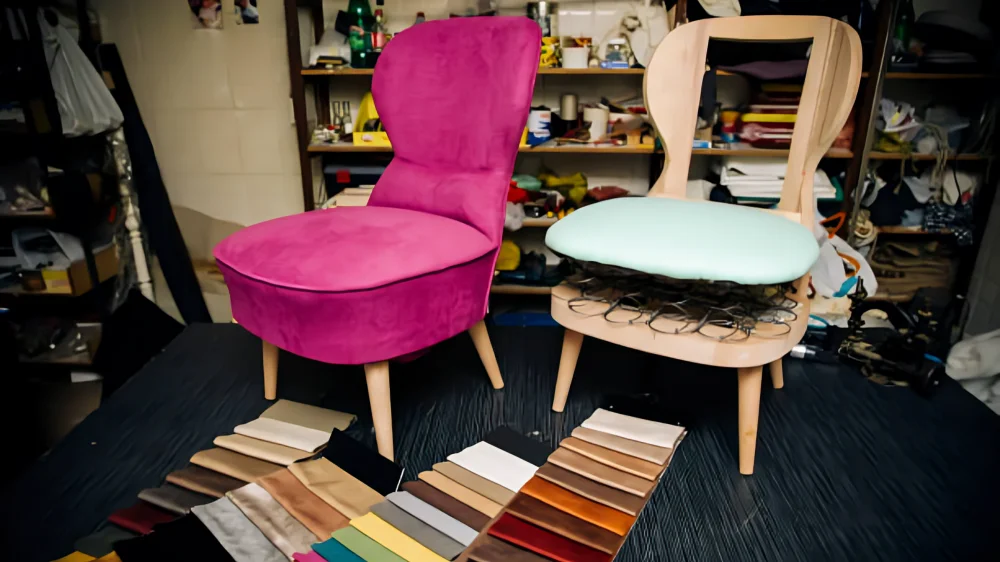
Leather upholstery signifies luxury, durability, and timeless elegance. Reviving an old armchair or picking a sofa for your living room? Leather quality matters. However, choosing a suitable leather skin for your upholstery project can be daunting with various types and terminologies.
Read on to learn some factors when choosing leather skins for upholstery.
Table of Contents
Type of Leather
Three primary varieties of leather skins are available for upholstery: full-grain, top-grain, and bonded leather. The best and most resilient kind of leather is full-grain leather. Every piece is distinct because it keeps the animal hide’s original grain and patterns.
Top-grain leather is slightly thinner than full-grain but is still high quality with a smooth surface. Bonded leather, on the other hand, is made from scraps of leather bonded together with polyurethane. It is less expensive but not as durable as full-grain or top-grain leather.
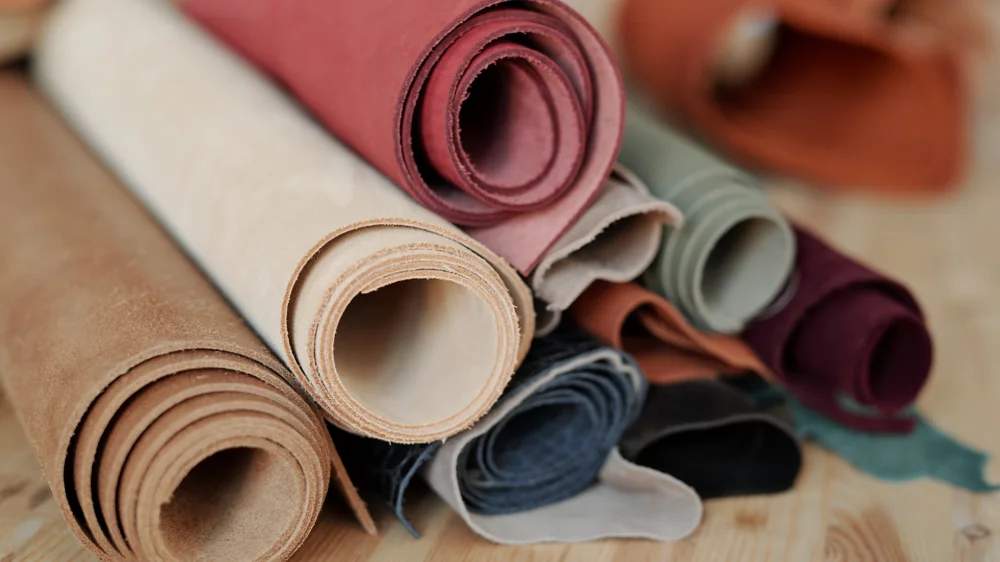

Leather Grade
Leather grades refer to the quality and consistency of the leather skin. The two most common grading systems are A-B-C-D-E and 1-2-3-4-5. 1-grade leather is the best. It has a few imperfections. D or 4-grade leather may have marks and blemishes.
When choosing leather skins for upholstery, opt for A or 1 grade for a high-quality and flawless finish. A fabric leather or faux leather may be a better option for those on a budget. This brings us to the next point.
Leather Finish
Leather skins have varying finishes, from natural and smooth to embossed and distressed. A natural finish keeps the hide’s natural traits. A smooth finish is buffed to remove flaws.
An embossed finish has a pattern pressed onto it, giving it texture. A distressed finish has been intentionally aged to give it a worn and weathered look.
When choosing a leather skins for upholstery, consider the overall aesthetic you want to achieve. A natural or smooth finish may suit a modern and minimalist space.
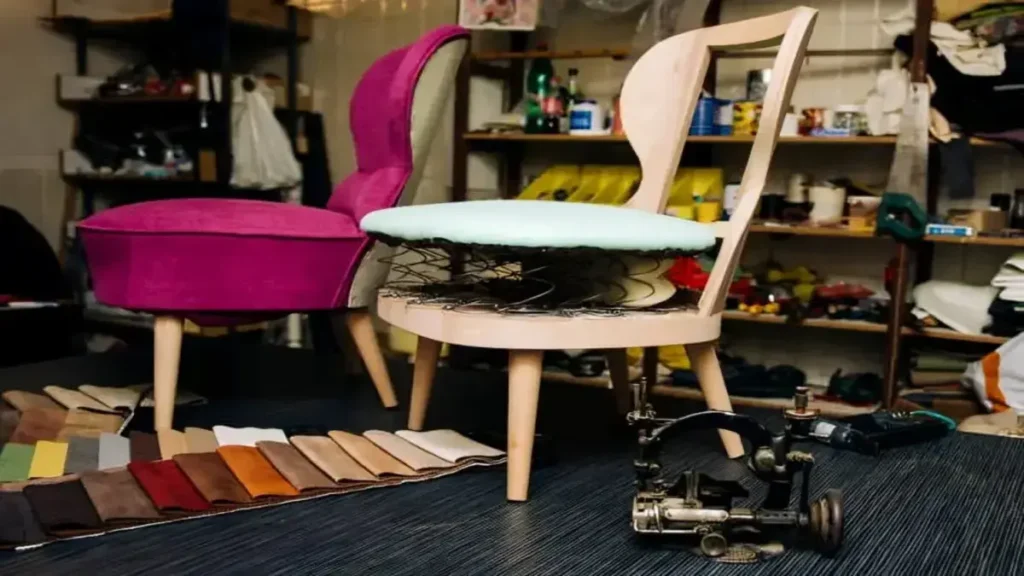

An embossed or distressed finish can add character to a rustic or vintage-inspired room. A faux leather fabric may also be an option for those who want the look of leather without the cost.
Color and Texture
Color and texture are other essential factors when choosing a leather skins for upholstery. Leather skins come in various colors, from natural browns and blacks to bold and vibrant hues. It is essential to consider the color scheme of your space and choose a leather skin that complements it.
Texture also plays a role in the overall look and feel of the upholstery. A smooth leather skin can give a sleek and sophisticated appearance, while textured or grainy leather adds depth and interest. Consider the other textures in your space, such as fabrics and wood grains, and choose a leather skin that complements them.
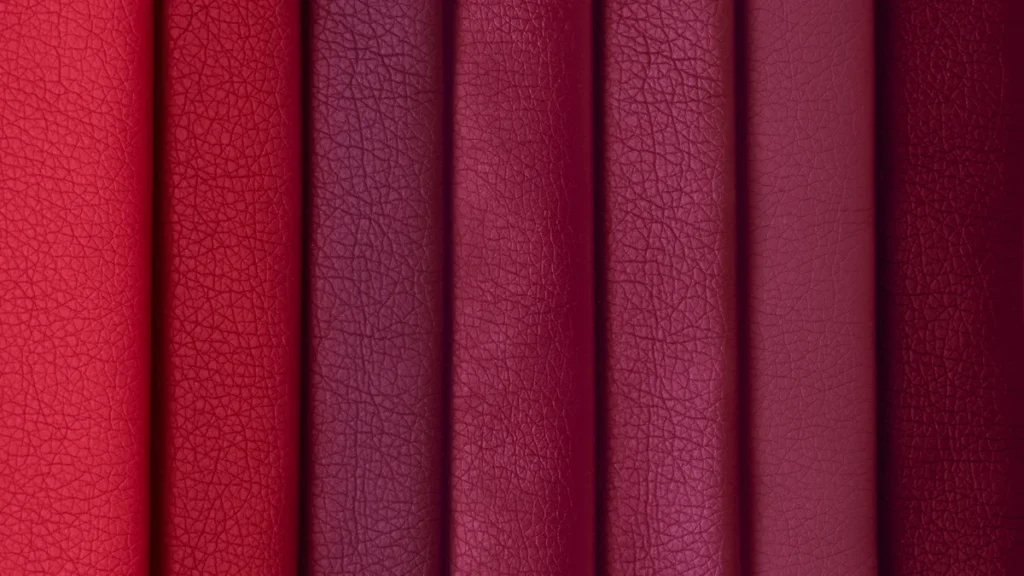

READ ALSO: What is GSM in Fabric
Maintenance
Leather upholstery requires proper care and maintenance to ensure its longevity. When choosing a leather skins for upholstery, consider how much time and effort you will put into its upkeep. Full-grain leather is the most low-maintenance option, as it develops a beautiful patina over time.
Top-grain leather may need conditioning to keep its smooth surface. However, bonded leather may require more upkeep to prevent peeling and cracking. Leather skins for upholstery also come with different cleaning and care instructions, so choose one that fits your lifestyle and needs.
Budget
Budget is an essential factor when choosing leather skins for upholstery. Due to their quality and durability, full-grain and top-grain leather are the most expensive options.
Bonded leather is a more affordable option, but it may not last as long. Consider the cost of the leather skin, your budget, and how much you are willing to invest in your upholstery project.
Choosing leather in bulk can also cut costs. So, if you have many pieces of furniture to upholster, consider buying more. Additionally, look for sales or discounts on leather skins to get the best value for your money.
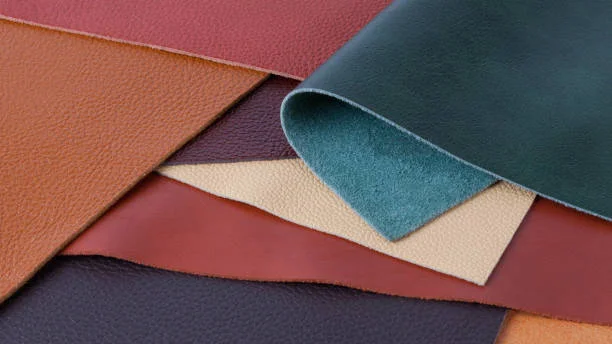

Sustainability and Ethics
The ethics and sustainability of leather are essential for many consumers. If this aspect is important to you, look for leather skins that are ethically sourced and produced using sustainable methods. Some leathers are certified by environmental standards, ensuring the production process has a lower environmental impact.
Additionally, the leather industry has options like vegetable-tanned leather, which uses natural materials for tanning the hide instead of chemicals. This method is more eco-friendly but can be more expensive and affect the leather’s color and durability.
Supplier Reputation
The quality of leather also heavily depends on the reputation and reliability of the supplier. A reputable supplier ensures that the leather skins come from responsible sources and that the quality is consistent. They should also be transparent about their sourcing and production processes.
It’s beneficial to conduct research or ask for recommendations to find suppliers known for their high-quality leather products and ethical practices. Purchasing from a reputable supplier can give you peace of mind that your upholstery leather is of the highest standard and sustainably sourced.
Practical Applications in Interior Design
When incorporating leather skins for upholstery into your interior design, consider its practical applications and how it complements the overall theme of your space. Leather furniture can be a statement piece in a living room, den, or office, adding sophistication and comfort.
Leather can also be used in shoe laces, bags, belts, and clothes. A leather couch in a rustic living room or a leather upholstered chair in a modern study can add a touch of elegance and luxury to any space.
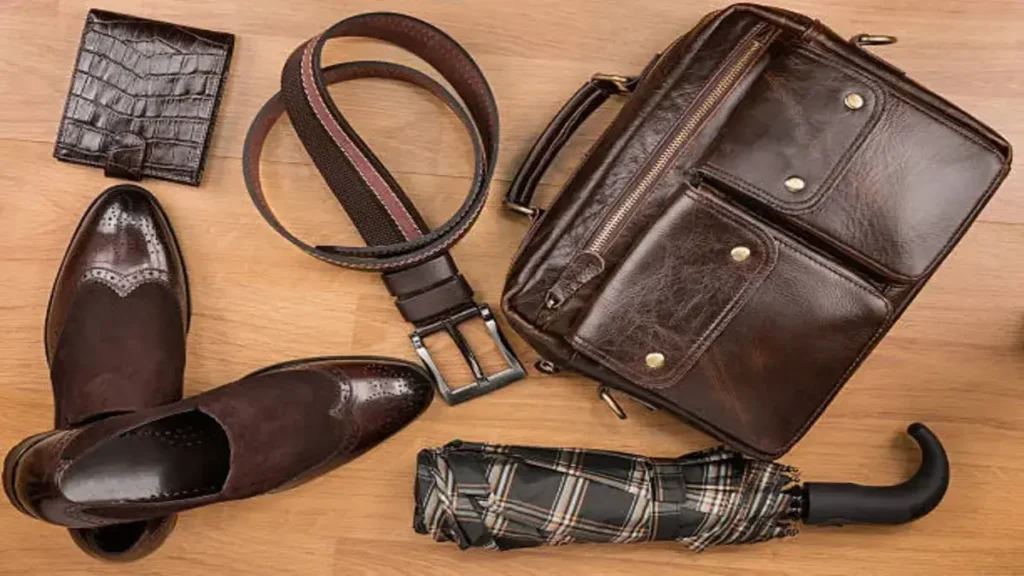

Durability and Ageing
An essential factor to consider when selecting leather skins for upholstery is its durability and aging process. The resilience of leather makes it an ideal choice for furniture that will receive high levels of use. Over time, leather develops a patina, a soft sheen that forms on the surface from natural oils and usage, enhancing its appearance.
However, if not properly maintained, leather can also show signs of wear and tear, such as cracking or peeling. Choosing high-quality leather skin and following proper maintenance techniques can help prolong its lifespan and ensure it ages gracefully.
Selecting the Best Leather Skins for Upholstery
Choosing suitable leather skins for upholstery requires considering various factors. Each factor is crucial to your upholstery project’s overall look, feel, and longevity. Take the time to research and consider these factors to ensure you select the perfect leather skin for your next upholstery project.
If you’d like to learn more about what we offer, please visit our website and read more.
-



 GENERAL3 weeks ago
GENERAL3 weeks agoUncovering the World of кинокрадко: The Dark Side of Film Piracy
-



 GENERAL2 weeks ago
GENERAL2 weeks agoUnveiling the Art of преводсч: How Translators Bridge Language Barriers
-



 GENERAL3 weeks ago
GENERAL3 weeks agoThe Journey of iamnobody89757: From Anonymous User to Internet Sensation
-



 YOGA4 months ago
YOGA4 months ago4 Person Yoga Poses for Beginners


















